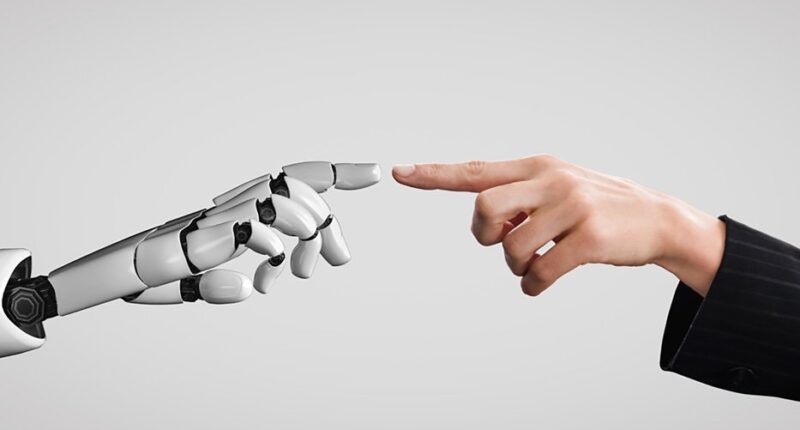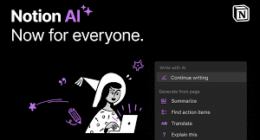How to Train Your Own AI Model
Artificial Intelligence (AI) is transforming industries, and training your own AI model can open doors to endless opportunities. Whether you want to build a chatbot, analyze data, or create image recognition tools, learning the basics of AI model training is a valuable skill.
Understanding the Basics of AI Model Training
Before you begin, it’s essential to understand how AI models work. At the core, AI models learn patterns from data and use these patterns to make predictions or decisions.
What You Need to Get Started
-
Data: The fuel of AI. Collect clean and relevant datasets.
-
Algorithm: The mathematical model that processes the data.
-
Training Tools: Frameworks like TensorFlow, PyTorch, or Scikit-learn.
Step 1: Define the Problem
Start by identifying what you want your AI model to do. For example, do you want it to recognize images, predict sales, or analyze customer sentiment? Defining the problem helps you choose the right type of AI model.
Step 2: Gather and Prepare Data
Data quality is critical. Collect large amounts of relevant data, then clean it by removing errors, duplicates, or irrelevant information. The better the data, the more accurate your AI model will be.
Step 3: Choose an Algorithm
Different problems require different algorithms:
-
Decision Trees: Great for classification tasks.
-
Neural Networks: Ideal for complex tasks like image or speech recognition.
-
Regression Models: Best for predicting numbers.
Step 4: Train the Model
Feed the data into your chosen algorithm. During training, the model adjusts itself to recognize patterns. This step may require powerful hardware such as GPUs for faster processing.
Step 5: Test and Evaluate the Model
Split your data into training and testing sets. The testing phase ensures that your AI model works well on new, unseen data. Use evaluation metrics like accuracy, precision, or recall.
Step 6: Optimize and Improve
If your model isn’t performing well, adjust parameters (called hyperparameters), add more data, or try a different algorithm. Iteration is key to improving accuracy.
Step 7: Deploy Your Model
Once trained, you can deploy your AI model in real-world applications—such as mobile apps, websites, or internal tools—to provide value to users.
Final Thoughts
Training your own AI model is an exciting journey that combines data, algorithms, and creativity. By following the right steps, you can build AI systems that solve real problems and create meaningful impact.








